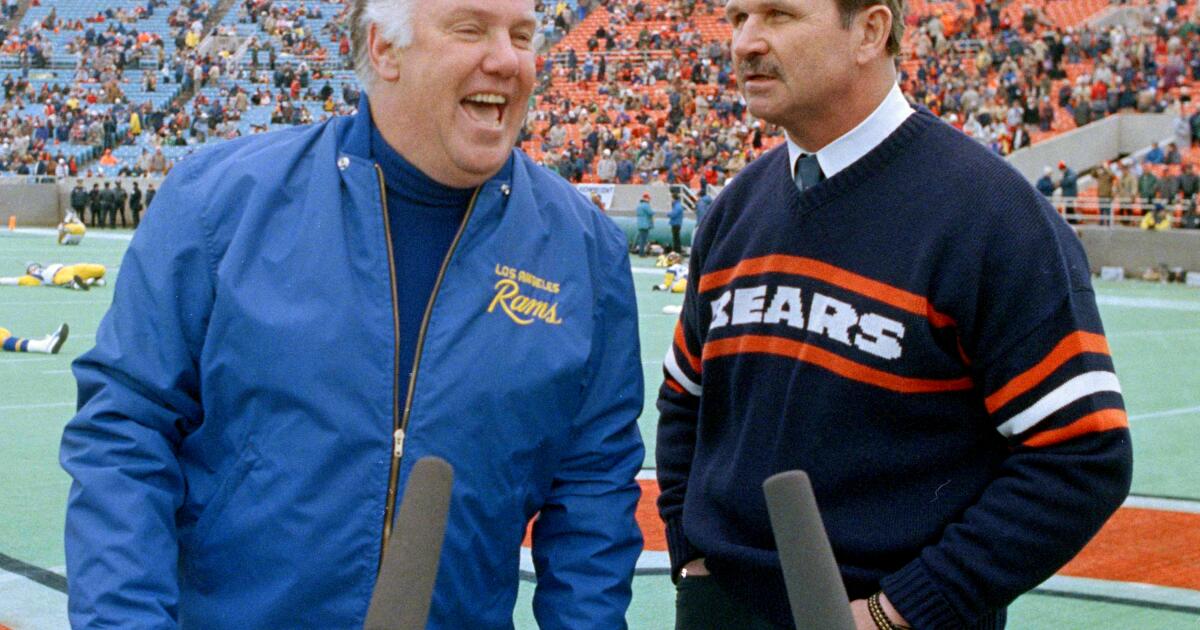Bussiness
I’m an Uber and Lyft driver who’s worried Tesla’s robotaxis will take ride-hailing jobs
- Tesla’s robotaxi, Cybercab, could eventually take jobs away from ride-hailing drivers.
- Uber and Lyft driver Tristan Thomas told Business Insider he worries about that future possibility.
- Drivers could pivot and buy their own fleet of robotaxis, but Thomas says it’s risky.
This as-told-to essay is based on a conversation with Tristan Thomas, an Uber and Lyft driver and YouTuber under the alias “Future Rideshare Millionaire.” Business Insider has verified his identity and earnings as an Uber and Lyft driver. The following has been edited for length and clarity.
I watched Tesla’s “We, Robot” event, where it unveiled its robotaxi, Cybercab. Although I doubt that Tesla will start producing Cybercabs before 2027, as Elon Musk said, I think ride-hailing drivers’ jobs are in jeopardy.
I expect that most of what Musk promises will eventually materialize, just not in the timeframe he thinks it will happen.
Some ride-hailing drivers may be skewed in their perception of driverless cars and don’t fully grasp how quickly the technology is changing — and I’m worried for them.
They believe it will be a while before self-driving cars replace humans, but they already have to compete with driverless car operators like Waymo and Cruise.
In cities where those companies operate, drivers are already at risk of losing earnings or seeing an impact on their income. Waymo recently said it’s already carrying out 100,000 paid weekly trips in San Francisco, Los Angeles, and Phoenix. I think drivers in Austin and Atlanta will be in a similar position next year as Waymo has plans to launch there, too.
Even though I’m driving for Uber and Lyft full-time, it was never meant to be a full-time gig. I think it’s a great stepping stone to something else and that drivers should prepare themselves if robotaxi usage becomes widespread in the coming years and further threatens their livelihoods.
Drivers owning a robotaxi fleet will be risky
Over time, self-driving cars will impact how much money we can make and I don’t think most drivers are prepared for that if they solely rely on companies like Uber and Lyft to earn a living.
Drivers have already noticed that there’s been a pay decrease on some trips, and I think we will see fewer trips in the future because of driverless cars. It’s best to be prepared by having a plan, reskilling, and pursuing a new path.
Tesla could, though, give us drivers a way to participate in the autonomous driving revolution by allowing us to purchase its driverless vehicles. Drivers could buy a bunch of its robotaxis and operate them independently as a fleet. I’ve already considered doing it when it eventually goes on the market.
Tesla
But that is risky, especially if drivers choose to get car financing. That would be bad for those who did want to operate their own fleet. One of the main reasons I’m an Uber and Lyft driver is to be debt-free. I would be locked into car repayments if the fleet didn’t work out.
Operating fleets might also provide a way for drivers to ride the wave. Uber changed the taxi industry, and I think we’re on the cusp of another wave of change with robotaxis. So, either drivers will be able to ride the wave through their own fleets, or they will need to ensure they’re financially able to do something else.
A Tesla-Uber partnership is unlikely
It could also be bad for drivers if Tesla partners with Uber to offer driverless rides on its platform. However, I’m not convinced that would happen because I think Tesla operates like Amazon; both want to control each part of the business, as that’s how you keep costs low.
I think Uber wants to be the central hub for all transportation, even if that means it eventually replaces human drivers entirely.
There will always be a desire for human connection, but I think people will weigh the cost versus benefit when choosing to take a driverless trip.
It could be cheaper for customers to go with a robotaxi, though. Even Elon said that the cost to operate a Cybercab will be around 20 cents per mile over time.
If Tesla allows us to get passengers from its platform and its own app, where we could enter custom pick-up and drop-off times and control the price, I think that would be better for drivers.





:max_bytes(150000):strip_icc()/amazon-roundup-tk-hallmark-movie-inspired-travel-outfits-tout-b310732030b0450bb7266a28bb4f4e44.jpg)


